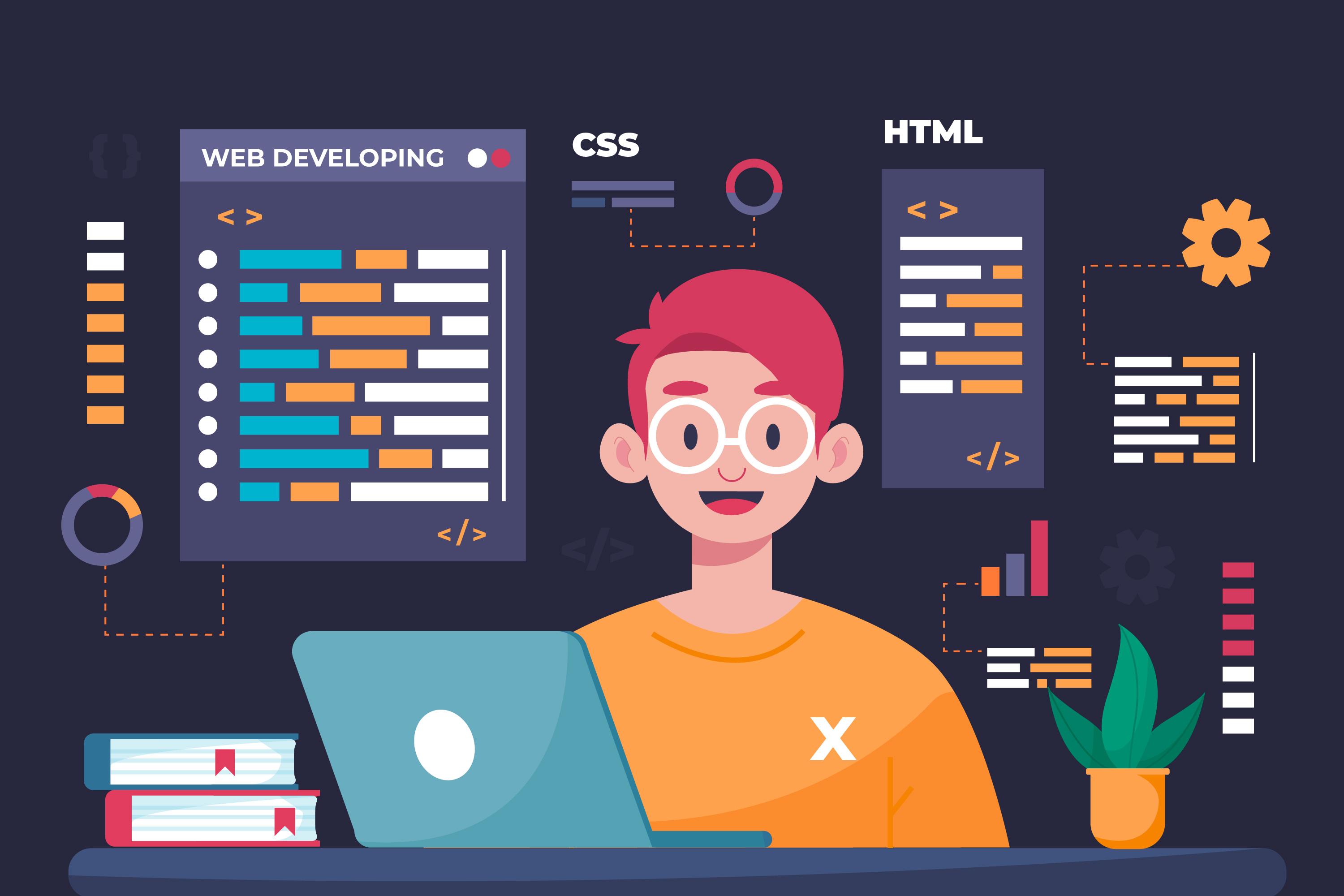HTML, CSS, JavaScript
Empowering Minds, Illuminating Futures.
Your Path to Knowledge Begins Here!
HTML
HTML, or HyperText Markup Language, forms the foundation of web development by providing the structural
framework for content on the internet. It employs a series of tags to define elements such as headings,
paragraphs, images, and links, allowing developers to structure information logically. HTML serves as the
backbone of web pages, enabling browsers to interpret and render content in a visually cohesive manner. Its
simplicity and widespread adoption make it an essential language for any aspiring web developer.
CSS
CSS, or Cascading Style Sheets, complements HTML by facilitating the presentation and styling of web pages.
With CSS, developers can control the layout, colors, fonts, and overall aesthetics of their websites. It
operates through a rule-based system, associating styles with HTML elements or classes. CSS enables the
creation of responsive and visually appealing designs, fostering a positive user experience. By separating
content from presentation, CSS promotes cleaner code, making websites more maintainable and adaptable to
various devices and screen sizes.
JavaScript
JavaScript, a dynamic scripting language, adds interactivity and functionality to web pages. With JavaScript,
developers can create dynamic content, handle user interactions, and update page elements without requiring
a full page reload. As a client-side language, it runs directly in the user's browser, contributing to a
more responsive and engaging user experience. JavaScript is integral to modern web development, often used
in conjunction with HTML and CSS to create dynamic and interactive web applications that respond to user
actions in real-time.
Browsers Download
We can run the HTML, css and JavaScript inside the web browser.
Download
Chrome
Download Firefox
Download
